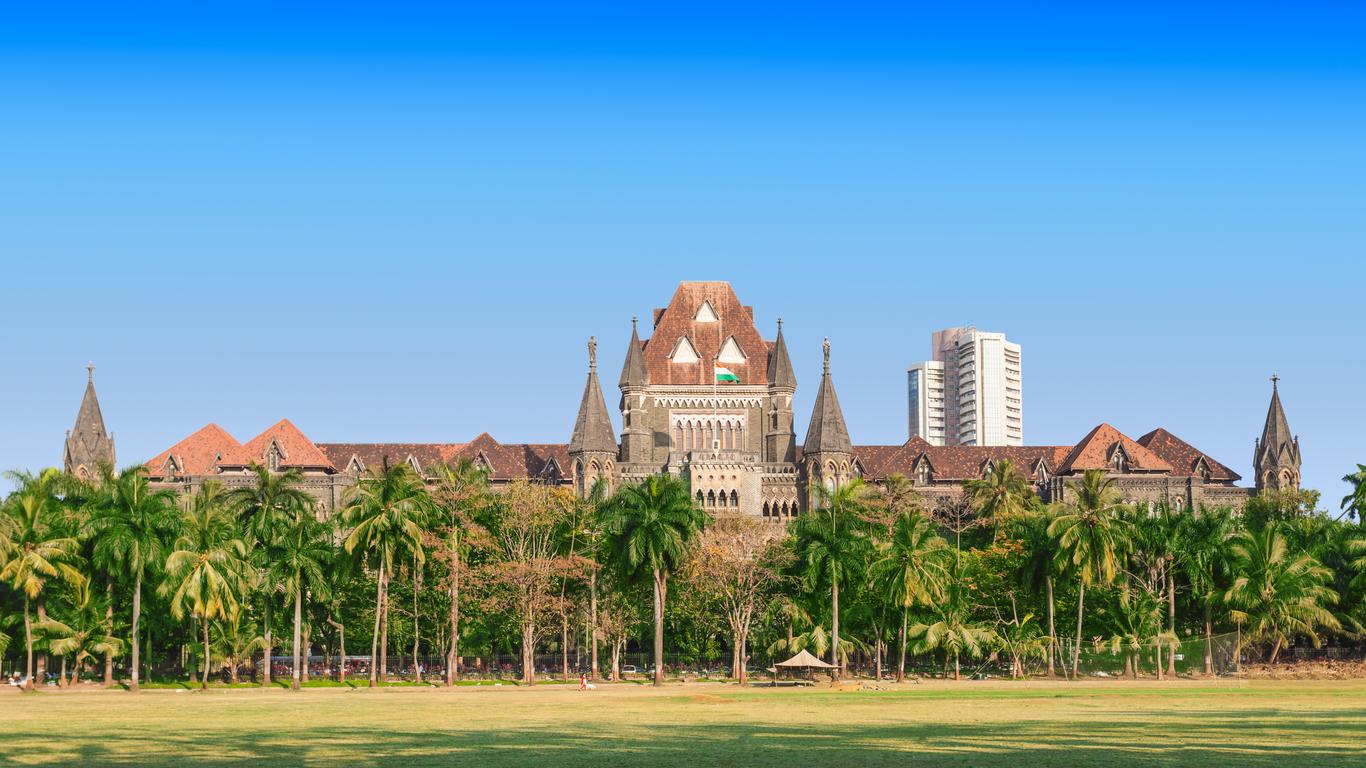Loosely defined as the Colaba, Fort, Malibar and Nariman Point districts of Mumbai, South Mumbaiis unquestionably the political and cultural powerhouse of the city, formerly known as Bombay. Previously a group of separate islands, Mumbai blended into one large city by a series of docks, bridges and causeways, now one of the most celebrated areas of India and home to Bollywood celebrities, politicians and star athletes.
In the oldest parts of South Mumbai, tourists can visit the Gateway of India, dine at the Taj Mahal Hotel, and stroll the curving waterfront of Marine Drive, known as the Queen’s Necklace. The Colaba Causeway is far more that a connecting road, it is the premier shopping strip with hundreds of street stalls, trendy boutiques, cafes and markets drawing tourists from across the globe. The Elephanta Caves, located offshore from the Gateway of India, give a glimpse into Mumbai’s past with a collection of Hindu basalt rock cave dwellings filled with rock-cut sculptures, courtyards and shrines dedicated to Shiva.
Numerous options for reaching South Mumbai include taxis, trains or buses from the airport or other Mumbai districts. Many hotels offer transportation to major tourist areas or arrange taxis at predetermined rates. BEST buses are crowded, but offer consistent service throughout the day and evening, while walking is recommended on the Colaba Causeway, in the harbour areas, and in the dense financial district.
Many leading international companies have headquarters in South Mumbai, and it is home to the Reserve Bank of India and the Bombay Stock Exchange. It is the capital of Maharashtra, populated by elaborate government buildings and courthouses. Its past as an industrial employer in numerous textile mills has given way to jobs in engineering, healthcare and information technology.






